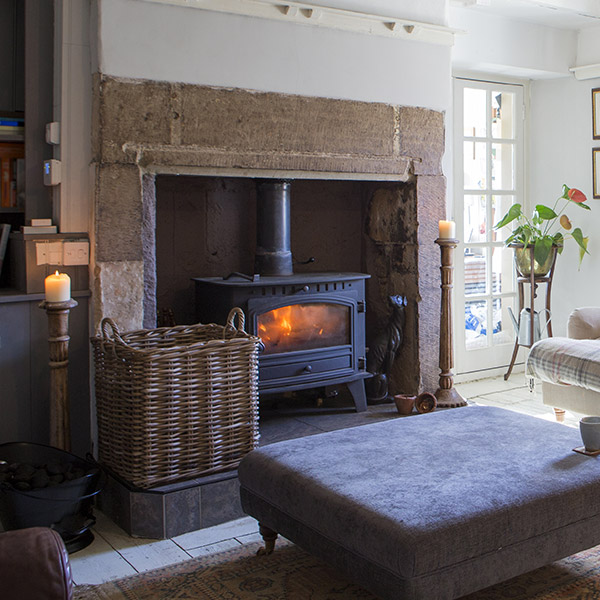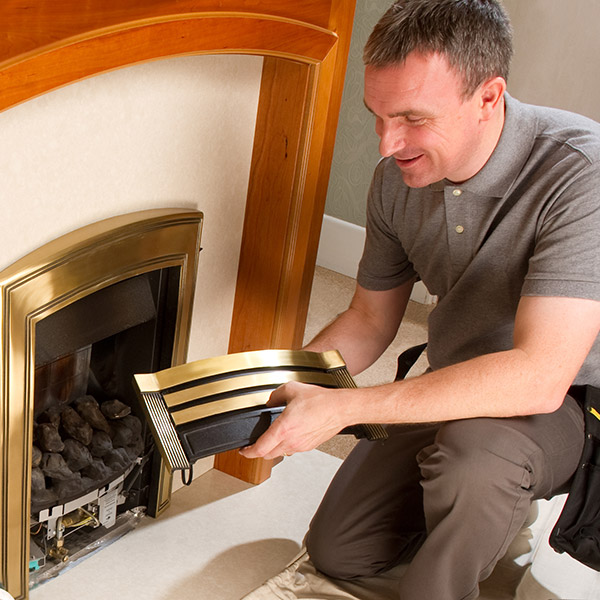The quick way to find a local Fireplace specialist
This page has everything you’ll need to know about finding and hiring a local fireplace installer.
Post your job for free. Read reviews, get quotes, and see tips on hiring the right person.
Browse Fireplace specialists
Take a look at our Fireplace specialists profiles, read reviews and request quotes directly.
Fireplace design, installation and repair – Rated People
The range of fireplaces available today is extremely diverse – from those traditional, grand hearths and surrounds to modern, elegant and minimal units. Whatever the style or size you need, there’s almost certainly an option to suit what you’re looking for.
The cost and complexity of installing your fireplace will depend on the fuel source (in other words the type of fireplace) you choose. The majority of fireplaces will be an open stove, a wood burner, a gas fire or an electric model.
Each type has its own strengths. If your home already has a chimney, replacing all (or part) of an open fireplace can be relatively cost-effective and straightforward. Wood burners are often retro-fitted into homes without a chimney, as their flues can be run up an external wall. Gas and electric models are convenient options when space is at a premium, as well as providing the convenience of instant heat.
It’s worth remembering the primary function of the fireplace though – to heat your home. Unleashing the intense heat of an open fireplace in a small room might not be advisable. Similarly, a small electric or gas unit may not kick out enough warmth for a large room or open-plan area. Your tradesperson should be able to advise you here.
Cost of fireplace installation
The cost of installing a fireplace can vary significantly, depending on the type you opt for and the preparatory work required.
Fireplace cost
- Budget: £500
- Medium: £1,000
- Expensive: £2,000+

Labour
- Budget: £750
- Medium: £1,500
- Expensive: £3,000+
What types of fireplace are there?
The open fireplace
This is the most traditional. Quite simply, unless your house already has a chimney breast, it’s unlikely that installing an open fireplace will be a cost-effective option. If you do have a chimney, replacing an existing open fireplace is relatively simple – either the entire stove can be replaced, or selected elements (like the grate, hearth or surround). As well as sweeping your chimney prior to installing a new fireplace, you may need your flue relined to prevent carbon dioxide from leaking into your home, so beware of that potential added bill.
Wood-burning stoves
Next up, and the vogue fireplace choice for the last decade – the wood-burning stove. Wood burners have a few advantages compared with open stoves. They’re particularly efficient when it comes to heating your home, they’re not as messy as an open fireplace, and they can also be installed without the need for a traditional chimney breast.
Gas fireplaces
These were once drab, dated and dull. That’s no longer the case, with today’s models not only looking the part, but offering convenience and efficiency too. They can even be wall-mounted if you don’t want to sacrifice space for a fireplace hearth and surround, and some have handy features like remote control operation. Ventilation is something you’ll need to consider with a gas fireplace, however.
Electric fireplaces
Perhaps the ultimate in convenience, even if they’re not the most authentic. Modern units can be incredibly efficient and cheap to run. And, while you won’t benefit from a real flame, even the slenderest wall-mounted models can pump out an impressive amount of heat.
Fireplace accessories
The accessories you need will depend on the type of fireplace you install. Both open stoves and wood burners will require more accessories, allowing you to safely load logs or coal. A suitable pair of fireplace tongs and a dedicated shovel are must-haves. Ideally, you’ll also have a stove brush, a log basket and potentially a coal bucket too.
From a safety perspective, and particularly important for families with young children, it’s advisable to have a fire guard – especially for open stoves and wood burners. Guards for gas fires may also be a wise choice – while there’s nothing to spit or jump out from the fire, it’ll help keep little hands away from hot elements.
The qualifications your tradesperson needs
There are a number of important qualifications when it comes to fireplace installation, and the one your tradesperson requires will depend on what they’re installing (or modifying).
Both open stoves and wood burners require a HETAS-registered professional. HETAS is the organisation that makes sure appliances and installers of wood and solid mineral fuel fireplaces adhere to the required safety criteria.
For gas appliances, your tradesperson must hold Gas Safe registration. This applies no matter whether you’re replacing one gas fire with another, simply removing and decommissioning an old gas fire, or installing a gas fireplace from scratch. Your Gas Safe-registered professional will also be able to advise you on a maintenance schedule, which is an important consideration.
Finally, for electric fireplaces your tradesperson will need NICEIC (National Inspection Council for Electrical Installation Contracting) accreditation. This will make sure they can install and officially sign off the work – this record will be required should you sell your home.
Planning permission for fireplace installation
The only planning considerations when it comes to fireplace installation are chimneys and external flues. Ordinarily, planning permission is not required if your chimney or flue doesn’t extend 1 metre above the highest part of the roof.
To read the list of fireplace-specific planning considerations, visit the planning portal website.
Insurance for fireplace installation
If you’re having a new fireplace installed, be sure to ask whether the supplier has a warranty. Most will include warranties extending anywhere from 1-5 years, giving you peace of mind.
You’ll also need to ask about public liability insurance. It’s easy to overlook this or assume that your tradesperson has it covered, but public liability insurance is important to protect you and your property against any (albeit unlikely) damage.
Questions you should ask your fireplace installation specialist

- Which type of fireplace would they recommend (and why)?
- If they supply the fireplace, does it come with a warranty?
- Can they show you their public liability insurance?
- Do they hold the required HETAS, Gas Safe or NICEIC accreditation?
Get our app for homeowners
- Send messages and get notifications from tradespeople
- Add photos to get more accurate quotes
- View tradespeople's profiles